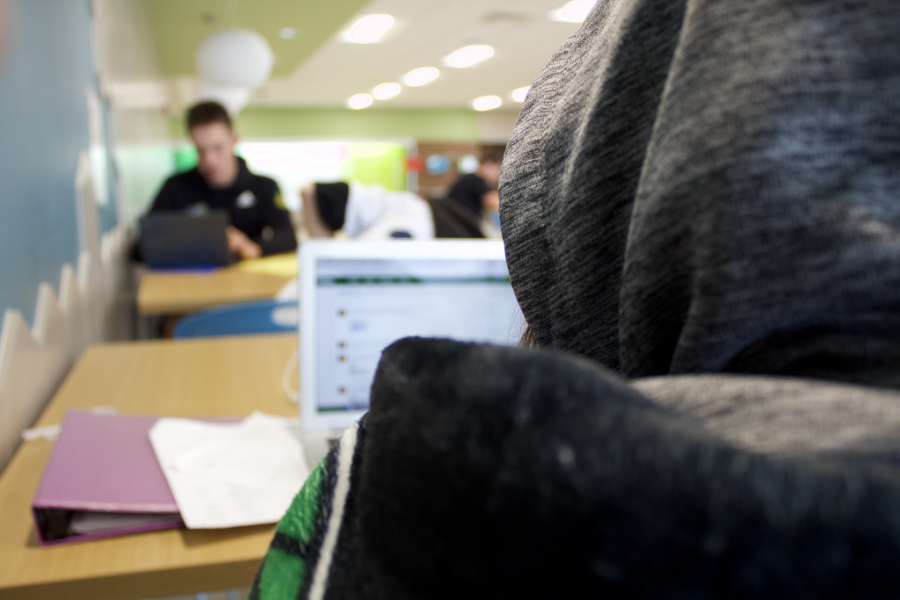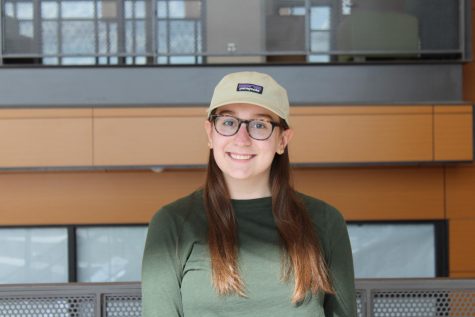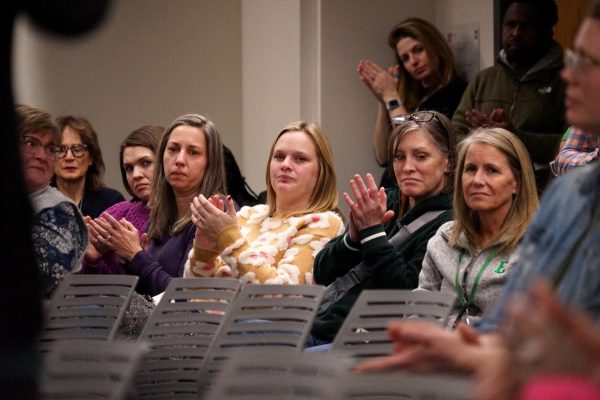EHS pilots virtual substitutes
How EHS has utilized technology to foster learning during the absence of a teacher
October 15, 2018
When comparing a regular teacher and a substitute, each has their own benefits. When the teacher is present, the class is more efficient, whereas substitute teachers bring a new energy into a classroom that can be beneficial to many students.
Edina High School’s new program of virtual substitutes allows students to experience both. EHS is implementing a system to pilot virtual substitutes, a procedure that allows teachers to email an assignment to students, who are then expected to complete it during class. Mr. Cullison, an AP Economics teacher, volunteered to participate in the trial and was one of the first teachers in the school to use a virtual substitute. “I’ve got a combination of older, mature students and a robust online presence. So, if there’s any class for which this will work, it would be AP Econ,” Cullison said.
Mr. Cullison is currently discovering different advantages for this type of classroom experience, both for himself and for his students. “[The feedback] was overwhelmingly positive, which didn’t surprise me. I don’t think they’d want to do it every day, but for a change of pace every once in a while, they enjoyed it,” Cullison said. Another advantage with a virtual sub is that students are able to work in collaborative spaces rather than in their usual classroom.
While the students’ work was virtually the same, the teacher’s workload may experience changes. With a traditional substitute, attendance can be taken quickly at the start of the class. However, with a virtual sub, Mr. Cullison had to check the students’ work and the time at which it was completed to ensure that the students were present during the class, a process which took much longer and had to be completed outside of class.
The elimination of a substitute also allowed for easier and more direct communication. “Whenever I have a message to a sub, I don’t have that face-to-face, so I have to be much more explicit: I have stuff about if there’s a problem here is the teacher to go see, here’s how you take attendance and all this stuff,” Cullison said. Despite this change, the workload seemed to even out in the end.
Mr. Cullison’s AP Econ students seemed to appreciate the new method of substitution. “With a virtual sub, you just know what you are supposed to do without them taking the time to explain it to you,” sophomore Maggie Randall said. For students, it could save them time by not having to communicate with an unfamiliar teacher. Assignment completion was tracked, which gave students the incentive to finish the work. “It was in people’s best interest to do it because there were other penalties, such as getting a zero on an assignment and being marked absent,” Randall said.
Although this approach to teacher substitution is still being developed and refined, it seems to benefit both students and teachers, eliciting a trend of positive reactions. However, the use of traditional subs will likely still be required. Substitute teachers devote time and effort to those situations where a hands-on approach is required. Mr. Cullison believes that they create a unique classroom environment that cannot be replicated with a virtual sub. “There are times when it is best to have a substitute in the room for a variety of reasons. There are some activities that you just can’t translate as easily,” Cullison said.













Bobby • Oct 18, 2018 at 3:56 pm
High school sure has changed over the years. The use of technology can be seen everywhere in schools, from iPads in the hands of 1st graders to internet platforms for online testing. While having a virtual teacher can be tempting for the reasons mention in the article, I feel like there are more negatives associated than their are positives.
I’m scared of the day where every high school class is online. When Edina introduced blended classes, great, that’s a step in the right direction. But what happens when we no longer have interaction with one another? Listening skills and communication are, in my opinion, two of the most important skills that one must develop and master in their teen years. Without forcing students to collaborate with one another in an inclusive class atmosphere, will those skills be developed? I look forward to watching this closely over the next few years with my fingers crossed that good comes out of it